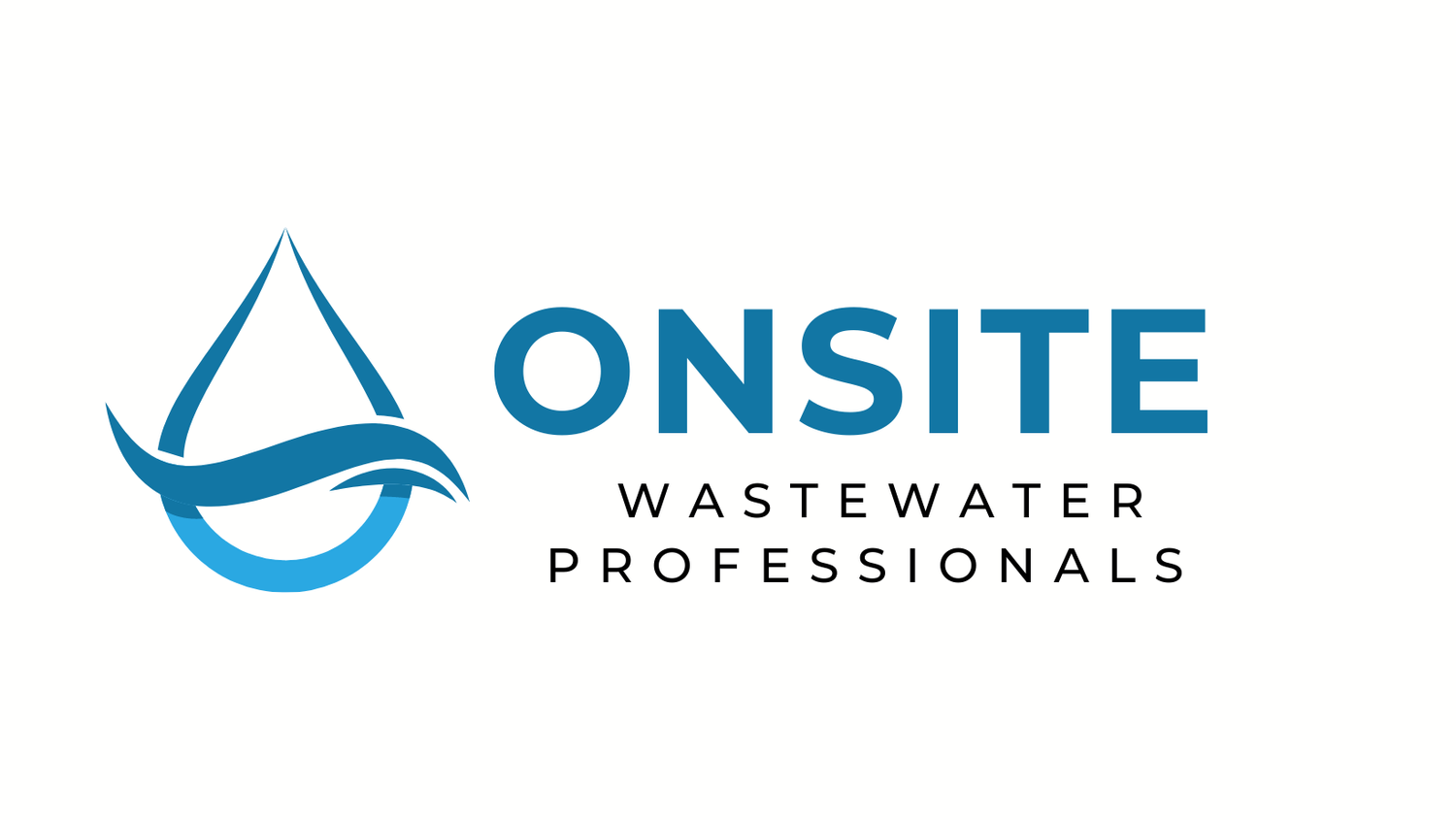.1302 OPERATION AND MAINTENANCE OF ADVANCED PRETREATMENT SYSTEMS
(a) This Rule shall apply to all advanced pretreatment systems approved in accordance with Sections .1500 and .1700 of this Subchapter.
(b) System management in accordance with Table XXXII of Rule .1301(b) of this Section shall be required for advanced pretreatment systems.
(c) Prior to the issuance or re-issuance of an OP for an advanced pretreatment system, the owner shall provide to the LHD documentation that a contract for operation and maintenance of the system is in place with a Management Entity. For proprietary advanced pretreatment systems, the contract shall be with either the manufacturer, manufacturer's representative, or a Management Entity authorized in writing by the manufacturer or manufacturer's representative to operate the system. For non-proprietary advanced pretreatment systems, the contract shall be with an operator certified in accordance with Rule .0303(e) of this Subchapter for the classification indicated on the OP.
(d) Operation and maintenance for advanced pretreatment shall be in accordance with the following:
(1) the Management Entity shall evaluate the performance of each system;
(2) minimum inspection, sampling, and reporting frequency shall be in accordance with this Section, the RWTS or PIA Approval, and conditions of the OP;
(3) the Management Entity shall inspect each system during one or more of the required Management Entity inspections while the system is in operation using a VIP specified by the manufacturer and included in the RWTS or PIA Approval. The VIP shall include the following:
(A) a visual inspection and evaluation of all critical treatment components and of the effluent in the field for solids, clarity, color, and odor. The VIP shall also include field tests of pH, turbidity, and dissolved oxygen content and, for TS-II systems, alkalinity, and any other tests proposed by the manufacturer and specified in the RWTS or PIA Approval;
(B) compliance criteria to determine system compliance status and proposed responses to conditions observed; and
(C) for systems serving vacation rentals subject to the North Carolina Vacation Rental Act, G.S. 42A, this visit shall be scheduled during the seasonal high use period and shall coincide with a water quality sampling event if required in accordance with Rule .1709 of this Subchapter;
(4) the actual flow shall be recorded in accordance with the RWTS or PIA Approval by the Management Entity prior to the visual inspection of the system in accordance with Subparagraph (d)(3) of this Rule and prior to any effluent sampling event required in accordance with Rule .1709 of this Subchapter; and
(5) sampling and resampling for an approved RWTS or PIA System shall be undertaken as required in accordance with Rule .1709 of this Subchapter and the following:
(A) all samples shall be collected, preserved, transported, and analyzed in compliance with 40 CFR 136;
(B) samples shall be taken to a certified laboratory, as defined in G.S. 130A-313(2), for analysis;
(C) documented chain of custody for each sample collected shall be maintained; and
(D) re-sampling at any site shall be performed as required in the RWTS or PIA Approval, Rule .1709 of this Subchapter, or as otherwise directed by the LHD or Department as part of an enforcement action. The owner, manufacturer, or manufacturer's representative may also re-sample a system to verify or refute sample results. A new complete data set for re-sampling conducted within 30 days of receipt of a non-compliant data set may be substituted to demonstrate compliance with the designed effluent quality standard in accordance with Table XXV of Rule .1201(a) of this Subchapter. All sample results collected shall be reported.
(e) The results of all sampling shall be reported by the Management Entity to the owner, LHD, Department, and the proprietary advanced pretreatment manufacturer.
(f) An individual advanced pretreatment system at a single site shall be considered compliant when the following conditions are met:
(1) annual VIP specified in the RWTS or PIA Approval indicates that the results of the VIP meet the requirements specified in the RWTS or PIA Approval; and
(2) the arithmetic mean for BOD5, TSS, TKN, and TN and the geometric mean for Fecal Coliform from three or more consecutive sampling dates does not exceed the designated effluent standard in Table XXV in Rule .1201(a) of this Subchapter. A new complete data set for re-sampling conducted within 30 days of receipt of a non-compliant data set may be substituted to demonstrate compliance with the designed effluent quality standard in accordance with Table XXV of Rule .1201(a) of this Subchapter.
(g) Mass loading for BOD5, TSS, or TN may be used to demonstrate site compliance with Subparagraph (f)(2) of this Rule for a wastewater system with a DDF less than or equal to 3,000 gpd. The mass loading to the wastewater system shall be based on site-specific water use data and effluent sampling results. At least one year of water use data shall be used in this calculation. The mass loading to the wastewater system shall be calculated as follows:
EML = Flow x EFF
AML = 0.6 x DDF x TS
If EML ≤ AML, the site is compliant
EML = effective mass loading
AML = allowable mass loading
Flow = average daily flow during the peak water use month or the average of the peak 30
consecutive day period during the prior year, in gpd
EFF = average of the results for the constituent from at least the two most recent complete data sets, in mg/L
TS = the effluent limit based on the constituent and effluent standard in mg/L, from Table XXV
in Rule .1201(a) of this Subchapter
(h) The Management Entity may record daily wastewater flow and may sample influent to the advanced pretreatment system as needed to determine compliance with this Rule and OP conditions.
History Note: Authority G.S. 130A-335(e) and (f).

